Implementing the SAFE Framework in Vietnam: Lessons from practice
Outcomes of SAFE Framework implementation in Vietnam
Vietnam Customs registered to implement the SAFE Framework in 2005, piloted the Authorized Economic Operator (AEO) program in 2011, and officially launched it in 2013. The SAFE Framework has been incorporated into Vietnam's customs regulations and is being executed as part of the Customs Development Strategy through 2030.
Vietnam Customs has actively implemented the 29 standards of the SAFE Framework. Of these, 2 standards have been fully achieved, 24 standards have been partially achieved and 3 standards have not yet been met.
Key Areas of Implementation
1. Harmonizing Advance Electronic Information Requirements for Exports, Imports, and Transit Goods
-Advance information is crucial for effective customs management. As recommended by the SAFE Framework, customs authority of importing countries should require advance electronic data from exporters, enabling risk assessment before goods are shipped.
Based on the provided information, the importing country's customs authorities conduct a risk assessment of the shipment and evaluate the business's compliance. If there are any concerns, the importing country's customs authorities will exchange information and send a request for prior electronic verification (provided by the business) to the exporting country's customs authorities through the integrated electronic information index between the two countries (particularly using the common unique consignment reference (UCR) and trader identification number (TIN) on the integrated system).
If there is a high-risk concern (weapons, explosives, narcotics, waste, etc. that affect supply chain security and safety), the exporting country's customs authorities will send the verification results to the importing country's customs authorities and halt the export of the shipment.
For goods that have already been exported, based on the recognition of the verification results of the exporting country's customs authorities, the importing country's customs authorities will decide whether to conduct a physical inspection or use non-intrusive inspection equipment before the goods arrive at the importing country's port to facilitate trade, expedite customs clearance, and ensure uninterrupted movement of goods in the supply chain.
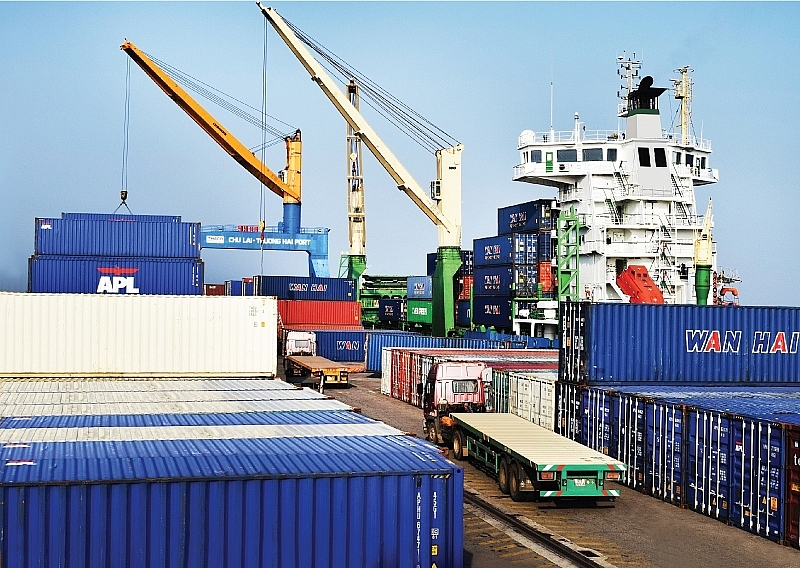 |
| Import and export of goods at Chu Lai port. Photo: Hà Phương |
Vietnam has implemented electronic customs declarations and risk assessments domestically but has yet to exchange advance information internationally. There is also no mechanism to recognize mutual agreements with AEOs or harmonize information requirements with partner countries as recommendations of SAFE Framework.
To align with global supply chain security standards as outlined in the SAFE Framework, member countries are encouraged to adopt integrated and preferential supply chain management practices. Vietnam Customs should prioritize the negotiation and implementation of AEO Mutual Recognition Agreements (MRAs) to facilitate this process.
2.Adopting risk management practices
As recommended by the SAFE Framework, customs authorities should leverage pre-arrival electronic data and intelligence to implement advanced risk management (RM) practices. This includes establishing automated RM systems integrated with customs declaration processing platforms to analyze, assess, and profile high-risk shipments within supply chains. These measures are designed to enhance customs control, minimize unnecessary interventions, strengthen security, and facilitate trade.
In Vietnam, risk management was introduced in the customs sector in 2006 and expanded nationwide by 2009. A three-tier structure was established, operating at the General Department, Regional, and Branch levels. Since then, Vietnam Customs has gradually developed and implemented RM systems, methods, and techniques across all stages of the clearance process—before, during, and after goods are cleared.
Despite these advancements, RM practices in Vietnam remain confined to customs operations. There is no unified system or shared database for customs and other government ministries to collaboratively assess risks and prioritize inspections, as recommended by the SAFE Framework. This gap limits the ability to streamline processes and reduce clearance times for businesses, including Authorized Economic Operators (AEOs).
3.Non-Intrusive inspection for high-risk exports
As recommended by the SAFE Framework, customs authorities should equip and utilize non-intrusive inspection (NII) equipment, including scanners and radiation detection devices, to examine goods based on risk management protocols. These tools are essential for quickly inspecting high-risk containers and shipments without disrupting the flow of legitimate trade.
In Vietnam, Customs has progressively adopted advanced security and inspection technologies, including: 27 container scanners, 98 baggage scanners, 125 surveillance camera systems, some equipped with license plate and container recognition software,15 radiation measurement devices, 45 radiation detection and alert devices, 200 narcotics detection tools, 7,000 GPS tracking seals.
These technologies are deployed to monitor goods under customs supervision, ensuring adherence to designated routes and timelines across 35 provincial and municipal customs departments.
The use of smart and non-intrusive inspection devices enhances customs oversight, enabling more effective prevention and control of smuggling, trade fraud, and illegal cross-border transport of goods and narcotics. These measures also expedite clearance processes, reduce cargo release times, and support businesses in planning their production and operations with greater certainty.
However, Vietnam Customs has yet to integrate data from these advanced devices with the customs data processing system, as recommended by the SAFE Framework. This lack of integration limits their effectiveness in risk management and customs control.
Additionally, inspections using these devices for high-risk export goods are conducted solely based on alerts generated by the risk management system. There are no cases yet of inspections initiated at the request of importing countries.
4.AEO Program
The Authorized Economic Operator (AEO) program, as recommended by the SAFE Framework, aims to foster partnerships between customs authorities and trusted businesses in the global supply chain. By meeting strict safety and security standards, AEO-certified businesses gain numerous benefits and trade facilitation advantages.
Additionally, the SAFE Framework encourages the establishment of Mutual Recognition Agreements (MRAs) to enhance global security, streamline customs procedures, and promote mutual acceptance of inspection results. These agreements not only reduce clearance times but also strengthen business reputations, create more opportunities, and improve communication between customs authorities and AEO-certified companies.
Vietnam’s AEO program has been in place for over 13 years, with 76 AEOs recognized to date—a relatively modest figure compared to other countries. According to an APEC evaluation, Vietnam ranks 4th from the bottom among 21 APEC nations in terms of AEO numbers. In contrast, the U.S. boasts 11,579 AEOs, China has 3,200, and Canada 2,088.
Regarding MRAs, Vietnam has signed only one agreement, with ASEAN customs authorities, reflecting slower progress compared to global counterparts. As per WCO reports, more than 100 countries have implemented AEO programs, with 111 bilateral and 5 multilateral MRAs globally.
The SAFE Framework outlines 13 key conditions for AEO certification, including: compliance with customs requirements, robust trade reporting systems, financial viability, collaboration and information sharing, training and awareness programs, information exchange and security, cargo security, shipment security, facility security, personnel security, trade partner security, crisis management and recovery, continuous evaluation and improvement.
Vietnam Customs has implemented 10 of these 13 standards but has yet to address trade partner security, crisis management and recovery, and continuous evaluation and improvement.
Although the SAFE Framework envisions the highest priority benefits for AEOs, particularly through MRAs and recognition from government ministries, AEO-certified businesses in Vietnam have yet to fully enjoy these advantages. A survey of AEOs in Vietnam revealed that 73.6% of businesses wish to see additional benefits, including priority in specialized inspections and broader MRA coverage.
5.Collaboration Between Customs and Government Agencies
(i)Cooperation between Customs and Ministries of Vietnamese Government
The SAFE Framework underscores the importance of fostering collaboration between customs authorities and government agencies to enhance data sharing, streamline inspections, and harmonize security programs. These measures aim to minimize duplication, improve risk management, and facilitate trade while ensuring robust supply chain security.
In Vietnam, Customs has bolstered partnerships with government ministries to enhance operational efficiency and specialized inspections, particularly in combating smuggling and trade fraud.
However, current security programs remain fragmented. For instance: Customs implements the AEO program exclusively for customs operations; The Ministry of Transport oversees aviation security in air transport and maritime security in sea transport.
To improve data sharing, Vietnam established the National Steering Committee for the National Single Window (NSW), ASEAN Single Window (ASW), and Trade Facilitation mechanisms, with the General Department of Vietnam Customs acting as the focal point. To date, the NSW connects Customs with 13 ministries and handles 250 administrative procedures; over 72,000 enterprises have submitted 7.43 million dossiers through the system.
However, some ministries still rely on paper-based processes, and their systems are not integrated with the NSW. This lack of a unified system creates inefficiencies. A fully automated clearance system integrated with the NSW is essential to ensure seamless processing, risk assessment, and consistent output across agencies.
Cooperation between Vietnamese Government and Governments of other countries
The SAFE Framework emphasizes the need for cross-border collaboration to harmonize security protocols, reduce redundant inspections, and streamline trade. Vietnam has made notable strides in this area: Sharing origin certificates and customs declarations with ASEAN countries via the ASW; a pilot project to exchange export customs declarations with the Eurasian Economic Union is underway; electronic quarantine certification exchanges have been trialed with New Zealand.
Vietnam also participates in the ASEAN Customs Transit System (ACTS), which facilitates electronic transit procedures across ASEAN countries, ensuring smooth cargo movement. ACTS enables duty and tax calculations for transit goods, secure guarantees, effective debt recovery mechanisms.
Additionally, Vietnam is piloting a maritime information-sharing model between Vietnamese and U.S. seaports to enhance trade efficiency.
While Vietnam has signed agreements with neighboring countries (China, Laos, Cambodia) to share information and coordinate working hours at border checkpoints, the harmonization of security programs remains underdeveloped. Efforts to address border control measures are in place but lack specific details and actionable frameworks.
Vietnam is pioneering a smart border gate project with China, focusing on specialized goods transport routes at Huu Nghi (Vietnam) – Youyi Guan (China) and Tan Thanh (Vietnam) – Po Chai (China).
This initiative aims to optimize cross-border trade through technology-driven solutions.
However, broader efforts to harmonize security programs and integrate supply chain management systems have yet to materialize.
Cooperation between Vietnam Customs and foreign customs authorities in managing global supply chains remains limited. This is partly due to resource constraints and varying readiness levels among partner countries.
Related News
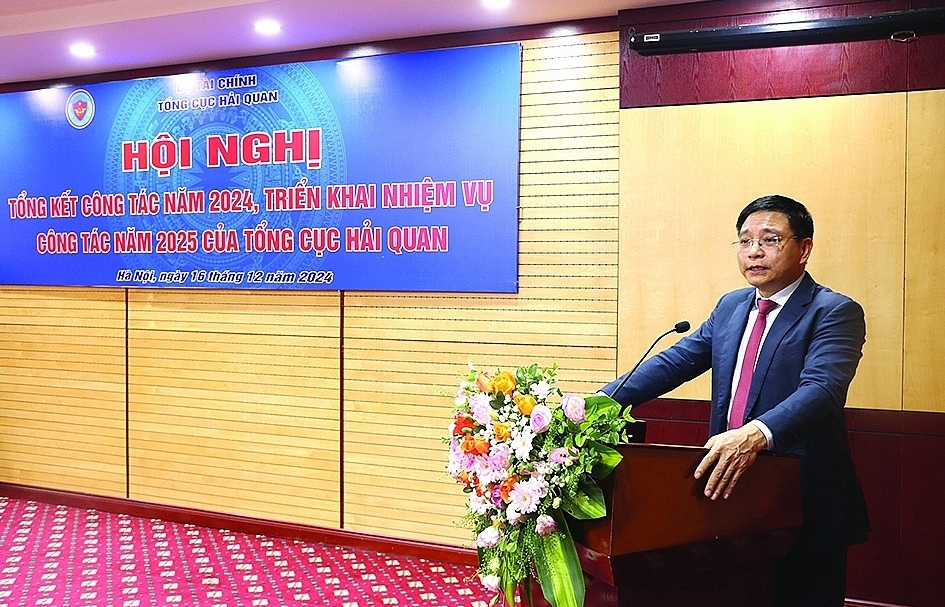
Minister of Finance Nguyen Van Thang: Facilitating trade, ensuring national security, and preventing budget losses
19:09 | 21/12/2024 Customs

Counterfeit and intellectual property infringing goods are becoming more sophisticated
10:31 | 10/12/2024 Anti-Smuggling

Raising the position if Vietnam does not want to become a new "assembly factory"
13:41 | 04/12/2024 Headlines
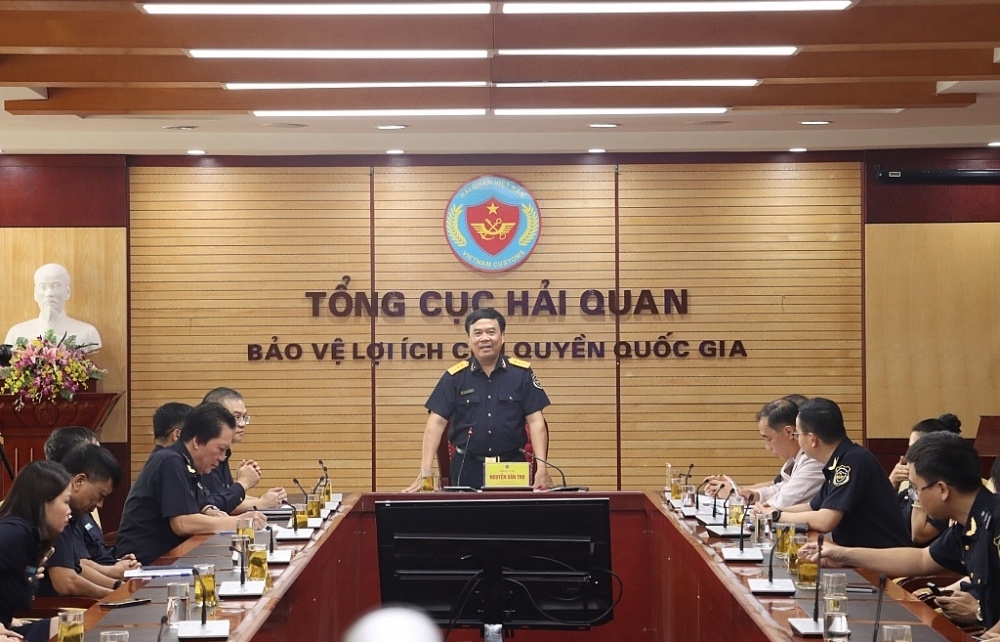
New Steering Committee to spearhead Customs Reform and Modernization
10:49 | 23/11/2024 Customs
Latest News
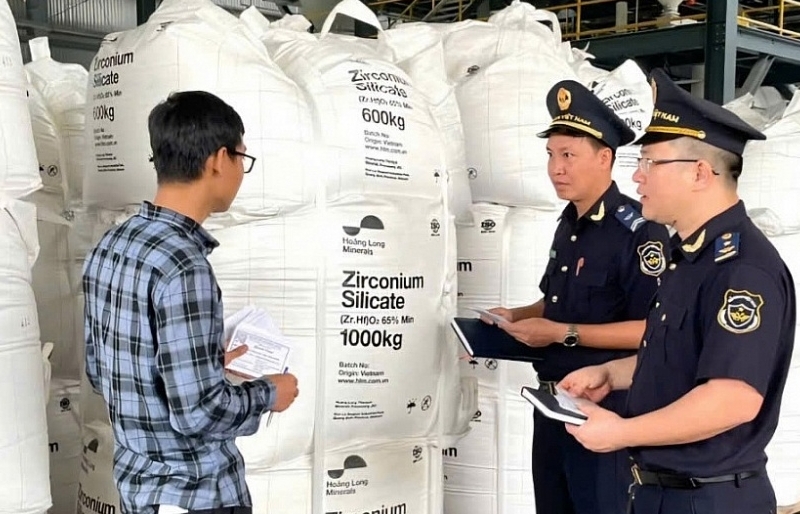
Resolve problems related to tax procedures and policies for businesses
13:54 | 22/12/2024 Regulations
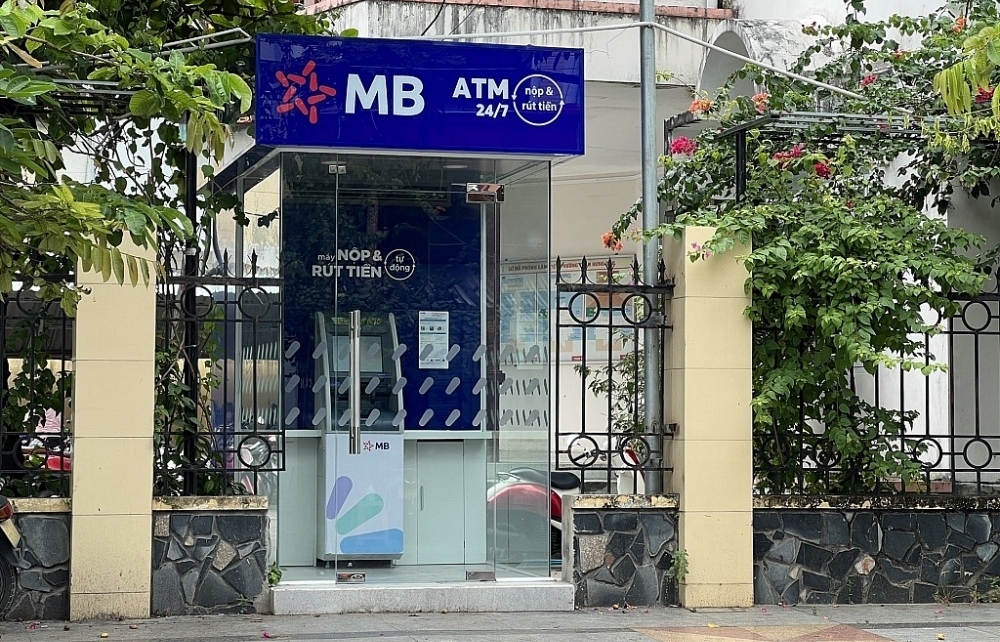
New regulations on procurement, exploitation, and leasing of public assets
09:17 | 15/12/2024 Regulations

Actively listening to the voice of the business community
09:39 | 12/12/2024 Customs
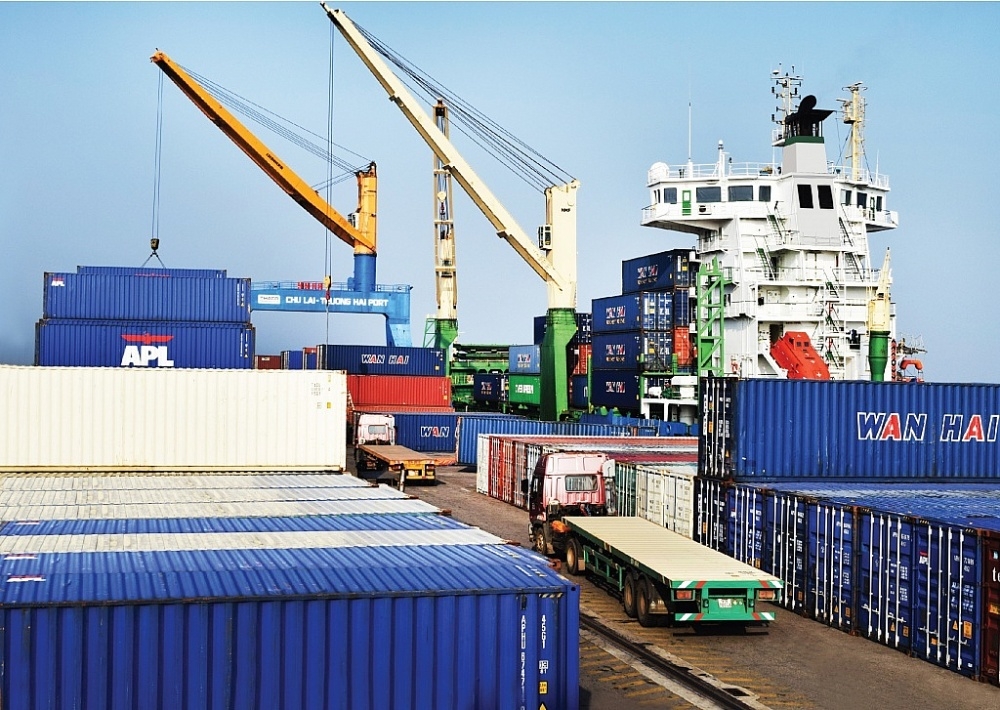
Step up negotiations on customs commitments within the FTA framework
09:44 | 08/12/2024 Regulations
More News
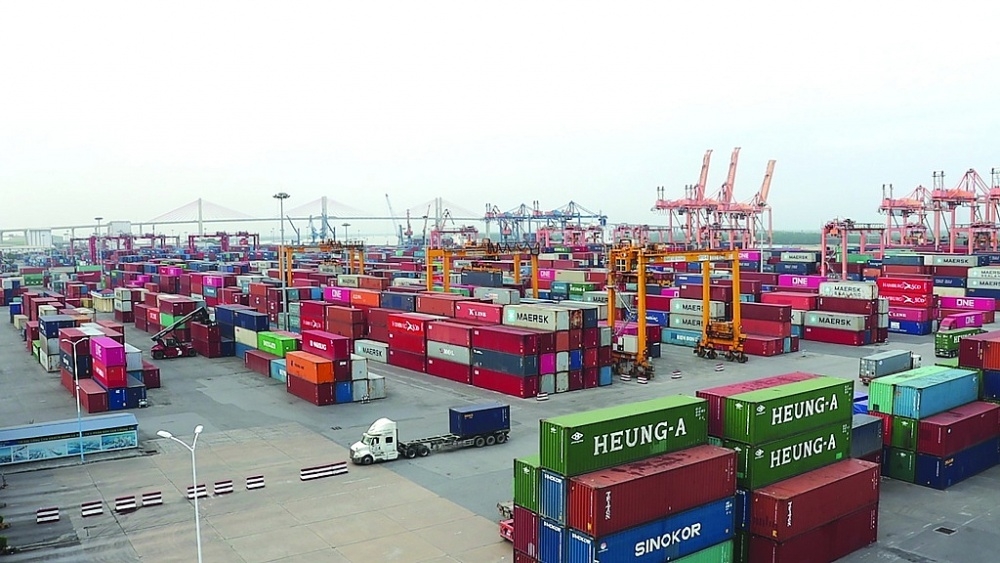
Proposal to amend regulations on goods circulation
13:45 | 06/12/2024 Regulations
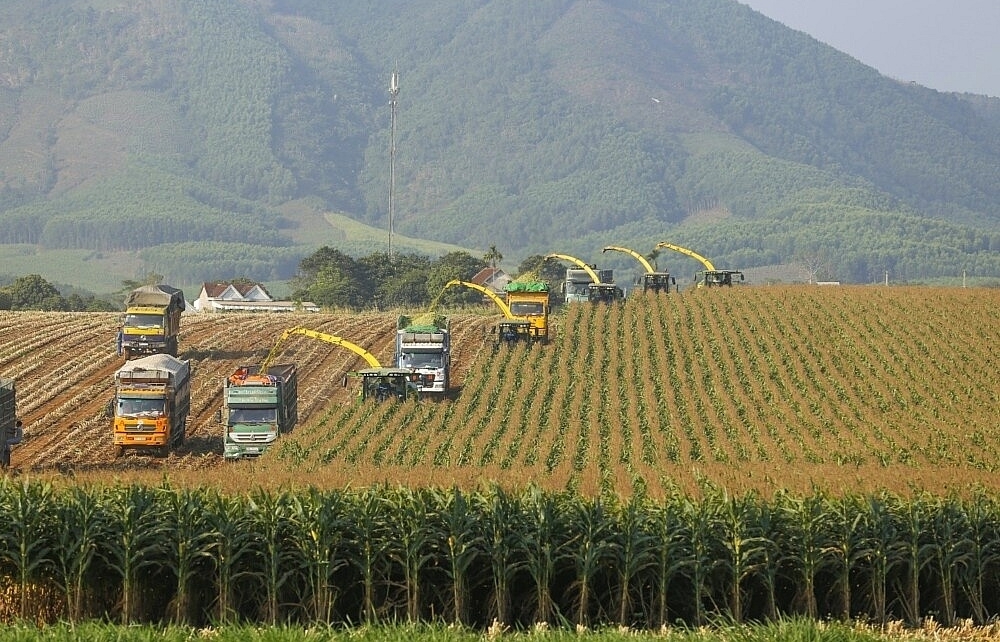
Review of VAT exemptions for imported machinery and equipment
10:31 | 05/12/2024 Regulations
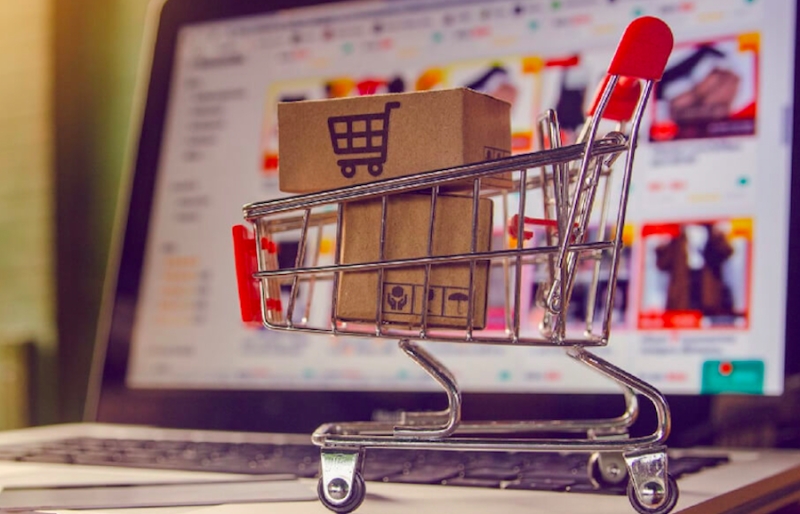
Customs tightens oversight on e-commerce imports
13:39 | 04/12/2024 Regulations
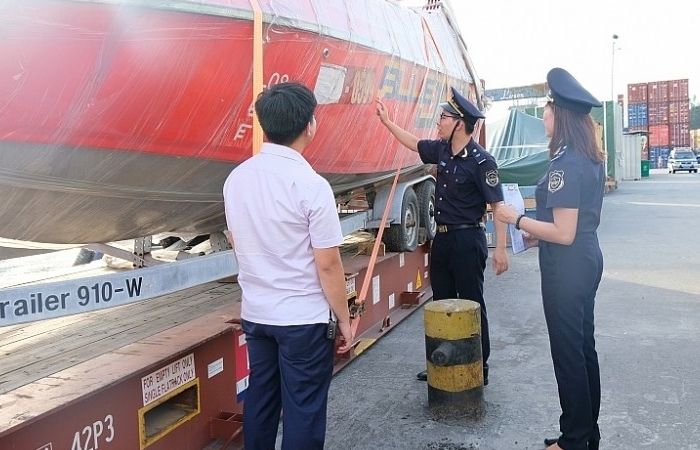
Bringing practical experience into customs management policy
13:48 | 03/12/2024 Regulations

Businesses anticipate new policies on customs procedures and supervision
15:41 | 29/11/2024 Regulations

Do exported foods need iodine supplementation?
11:06 | 29/11/2024 Regulations
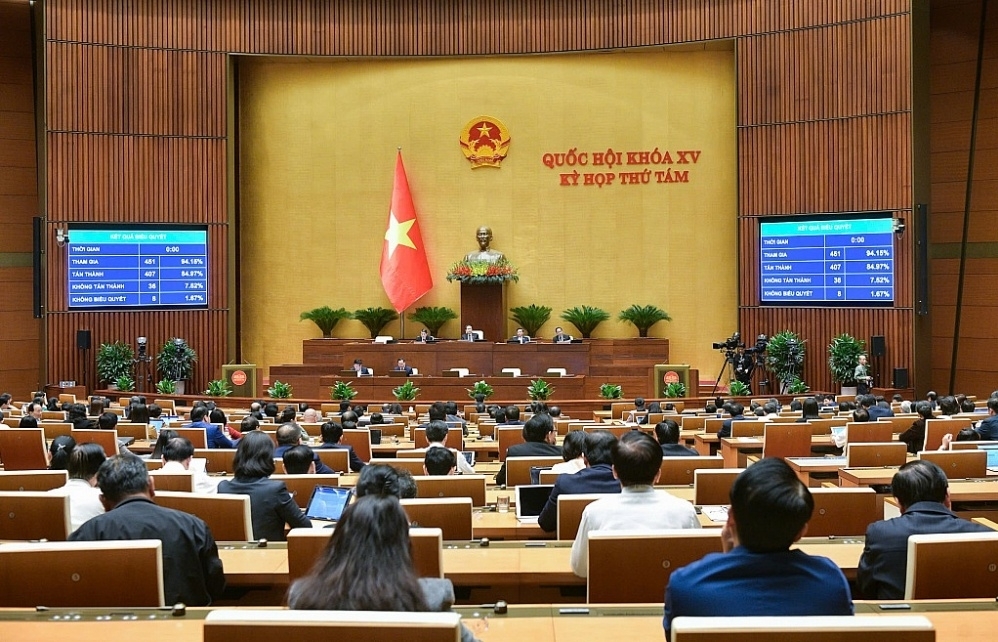
Amendments to the Value-Added Tax Law passed: Fertilizers to be taxed at 5%
13:43 | 28/11/2024 Regulations

Proposal to change the application time of new regulations on construction materials import
08:52 | 26/11/2024 Regulations

Ministry of Finance proposed to reduce VAT by 2% in the first 6 months of 2025
09:00 | 24/11/2024 Regulations
Your care

Resolve problems related to tax procedures and policies for businesses
13:54 | 22/12/2024 Regulations

New regulations on procurement, exploitation, and leasing of public assets
09:17 | 15/12/2024 Regulations

Actively listening to the voice of the business community
09:39 | 12/12/2024 Customs

Step up negotiations on customs commitments within the FTA framework
09:44 | 08/12/2024 Regulations

Proposal to amend regulations on goods circulation
13:45 | 06/12/2024 Regulations
